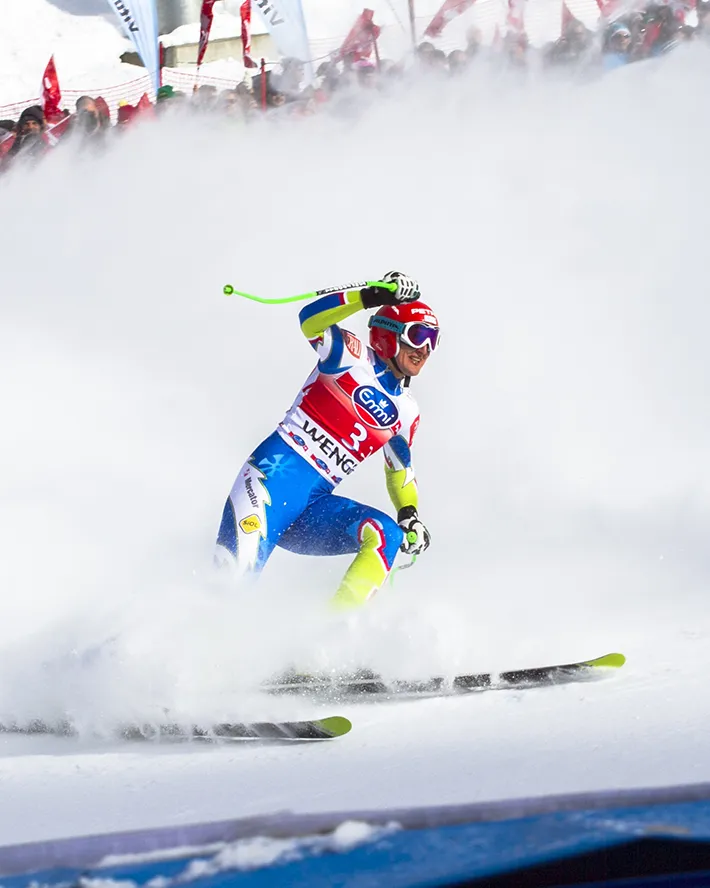Ski racing has a rich history dating back to the early 20th century, when the sport first began to gain popularity in Europe and North America. Over the years, many legendary ski racers have emerged, pushing the boundaries of what was thought to be possible and leaving a lasting impact on the sport. In this blog post, we will take a look at some of the pioneers who changed the game and helped shape the sport of ski racing into what it is today.
Moguls - technique and tactics
How do you feel when you're standing at the top of a slope, looking down at a field of knee-high bumps? Excited? Nervous? Sick? Wondering about feigning injury so the pisteurs will take you down in their nice little sledge without you having to ski? Bumps are the marmite of skiing, some love 'em, some hate 'em. This is because bump skiing throws up a lot more challenges- both of technique and strategy - than a vanilla flat slope. Master these and you'll love bumps. Don't and you'll hate them.
But here's the thing. It's actually not that hard to learn to ski bumps without too much drama if you have a few fairly simple technical and tactical tools in your skiing toolkit. So what are the keys that will unlock bump skiing for you?
1. Technique - do the twist!
An absolutely crucial skill for good bump skiing is the ability to twist the legs across the slope quickly. Some people use different words for this twisting action- rotate or pivot often come up. It's important that this twisting comes from the feet and hip joints, and not from the upper body. In other words, upper-lower body rotational separation is important. Ski instructors often convey this by saying "keep the jacket zipper pointed straight down the slope". The videos just below illustrate a few great exercises for developing good twisting ability. The first shows a demo of braquage turns (also sometimes called pivot slips). Note in the video that the upper body keeps facing down the slope, while the legs are twisting beneath the body with a really large range of movement. The second video shows a couple of exercises that help to develop rotational separation. These exercises will be best done on a blue slope to begin with. Together they'll really develop your twisting skills, which you can then take into the bumps using the tactics that I'll describe below.
Keep practicing these until you feel really confident that you've got them nailed.
2. Tactics - look for the landing zones
Once you've got the twisting movements sorted, the next thing to learn is where to use them- in other words, learn to read the bump field. This will make your life massively easier. It's difficult to explain this in writing, but the key is to recognise the "landing zones"- at the front sides/tops of the bumps. You should think of linking turns between these and using them as steps to descend the bump field. The aim is to finish the turn at each landing zone, pole plant, then rapidly pivot the skis before the next landing zone. You have a few route choices to the next landing zone, depending on how fast and dynamically you want to ski. These concepts are really nicely explained in the videos below. The first explains the idea of landing zones, and the second illustrates the various options that you have for routes between the landing zones. Note in the videos how important twisting/rotatory movements are for all of the lines, but especially for the simplest side wall line.
That's all for now, I hope you've enjoyed this blog on bump skiing and that it's whet your appetite to go and tackle some moguls!
That's all for now on bumps. I hope these few videos and comments helpful. Of course, if you need any equipment to protect you from the odd epic fail while skiing the bumps, do check out our main website here: Gravity Protection.


